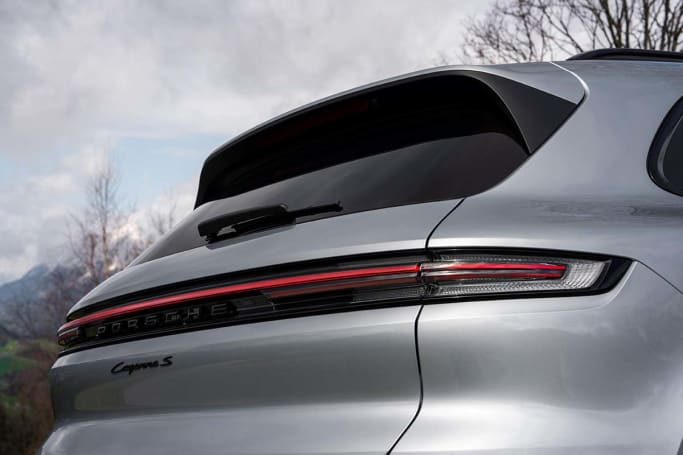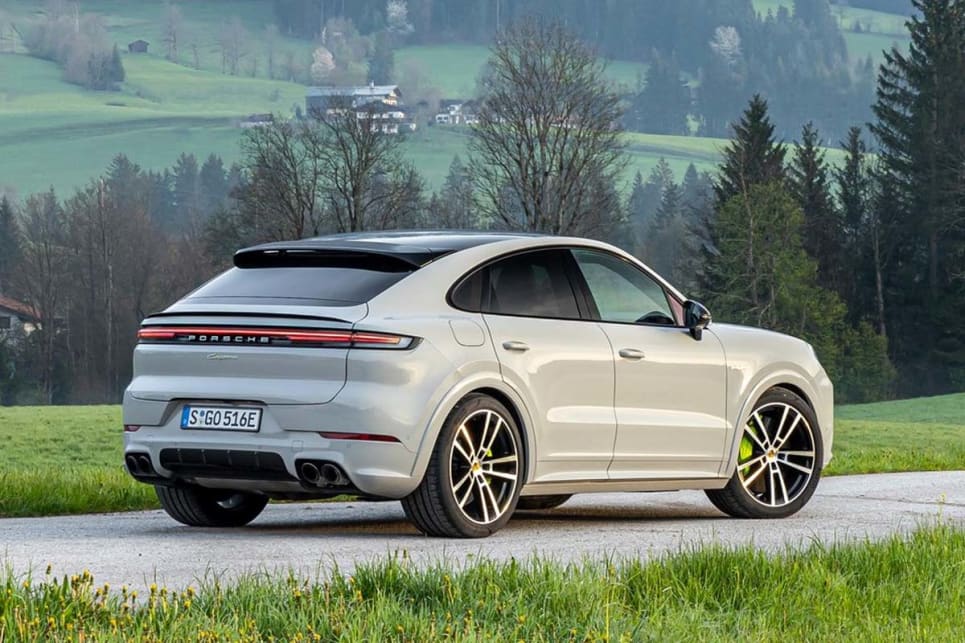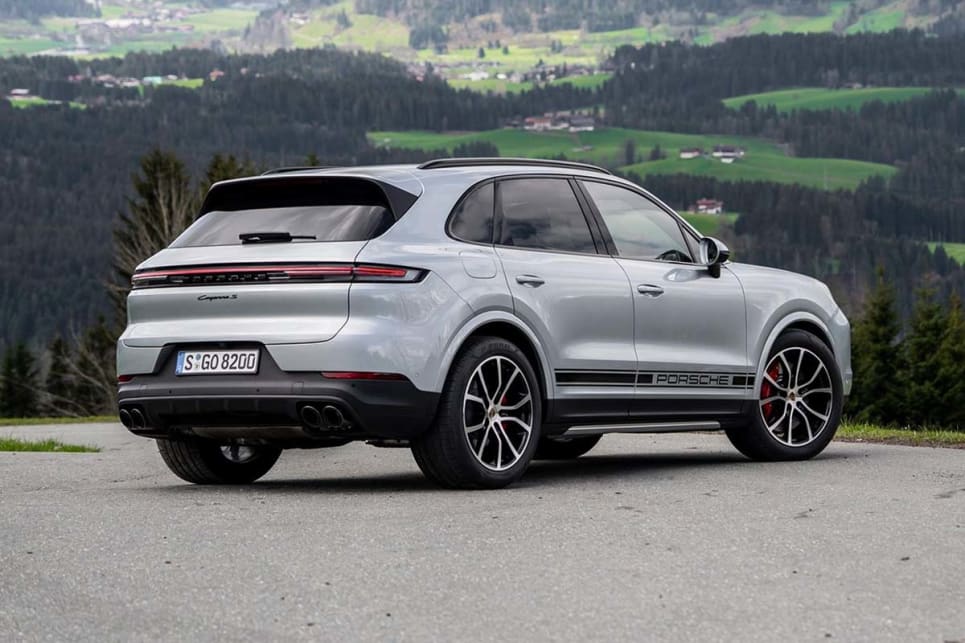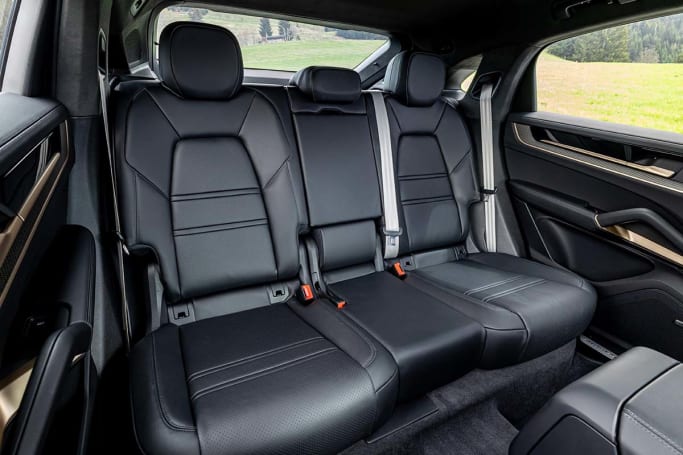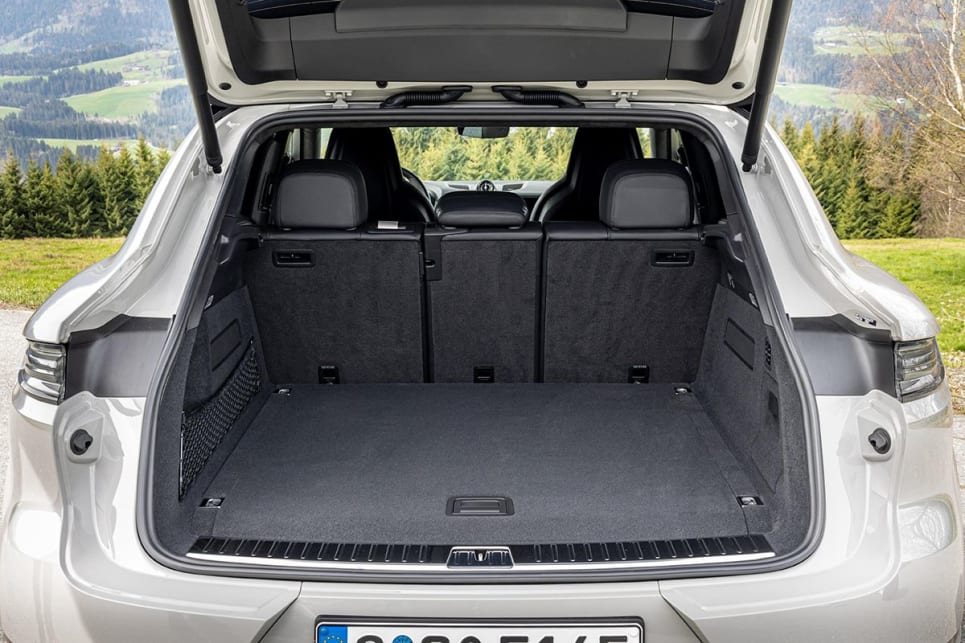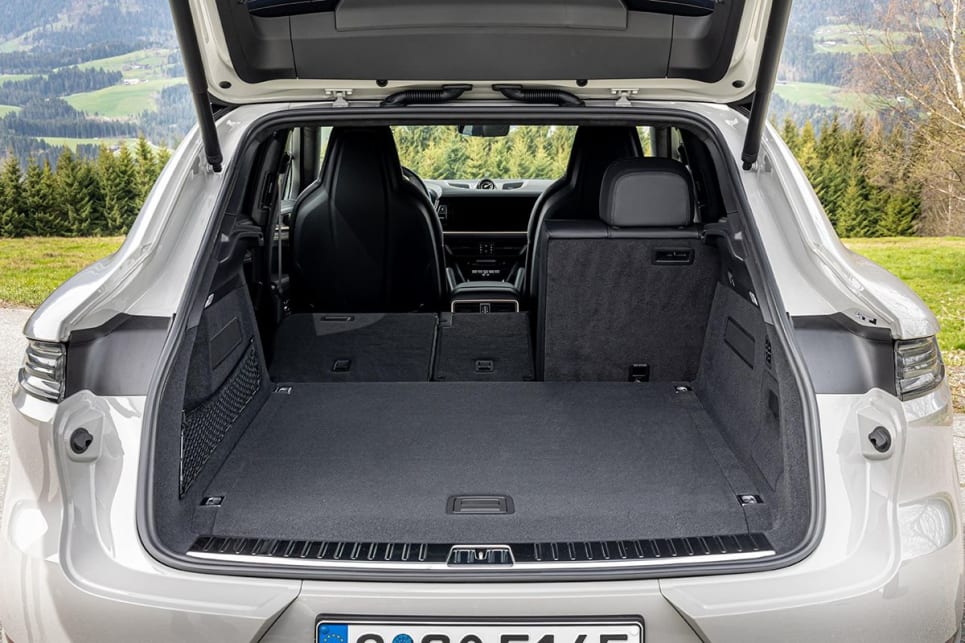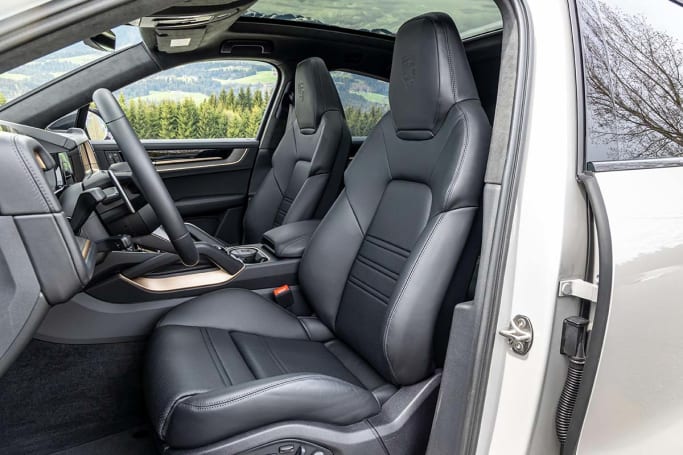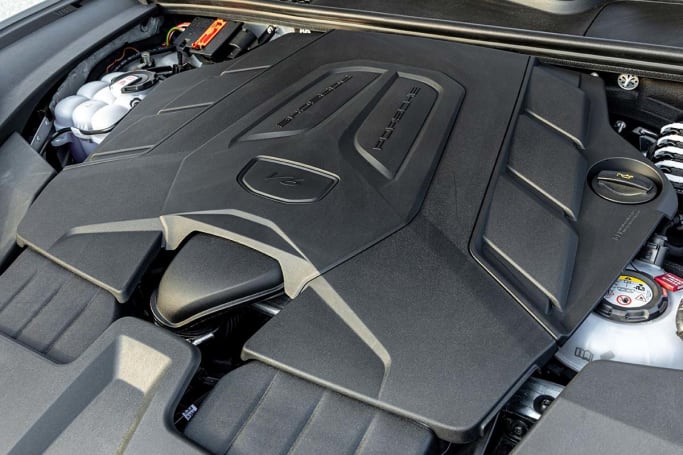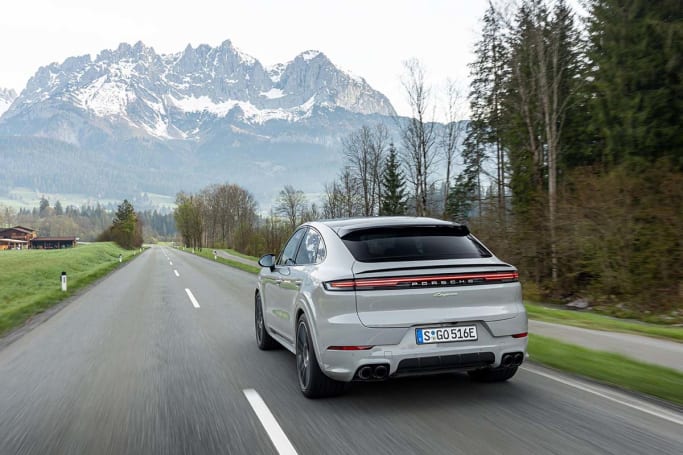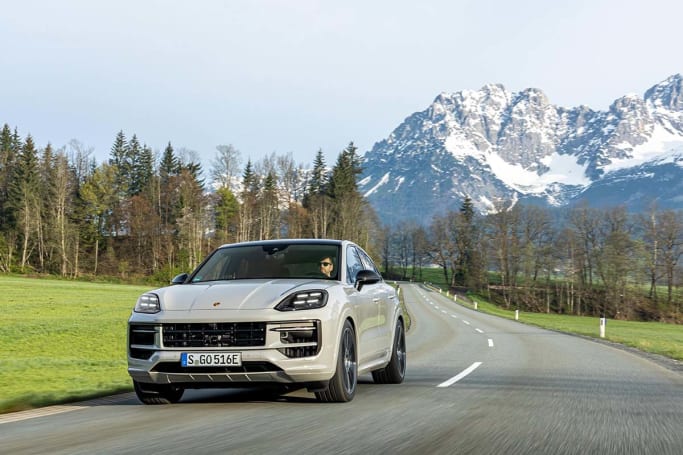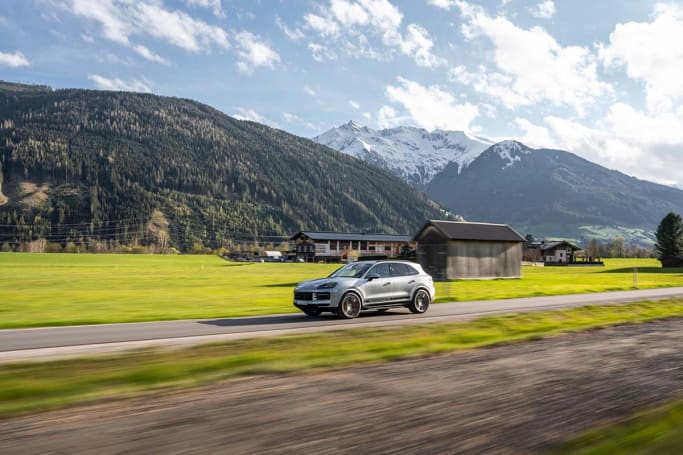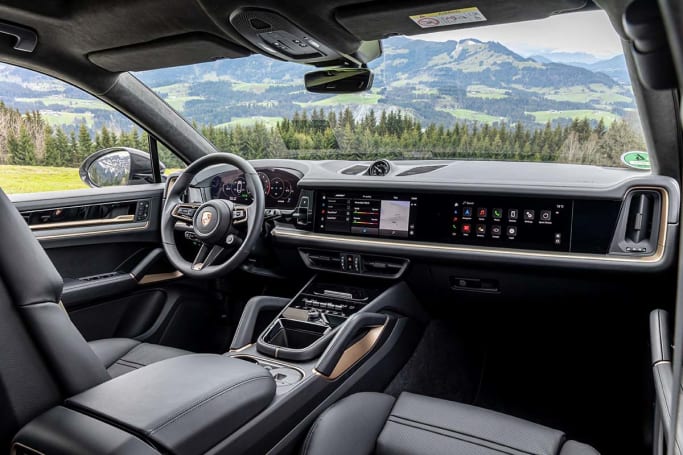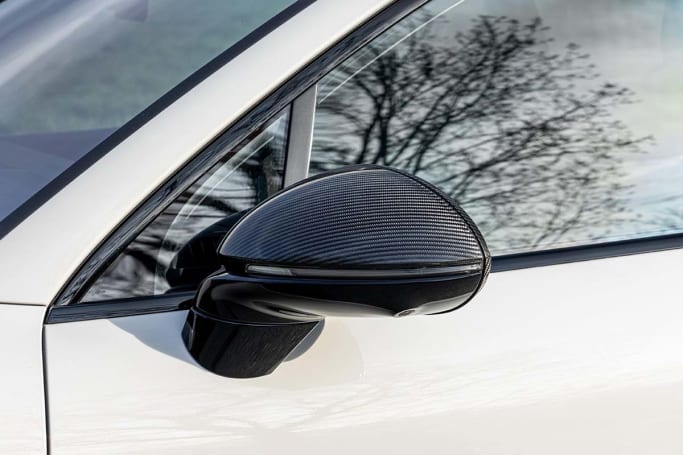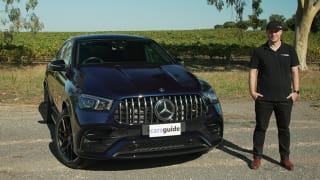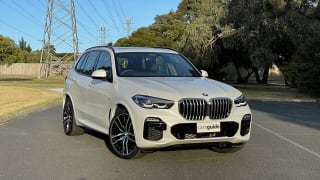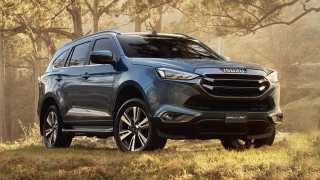Following its usual model launch cadence, Porsche will add grades like the GTS to the line-up down the track, but for now the core grades are the base Cayenne, E-Hybrid plug-in hybrid, and Cayenne S, all in SUV or swoopy Coupe body styles.
The powerful Turbo GT flagship is only offered in Coupe guise. Due to emissions regulations it's not offered in a lot of markets, including Europe, so we are lucky it still exists at all and is being offered Down Under.
It won't surprise you to learn that the updated Cayenne has gone up in price. Given the changes to the car, that makes sense.
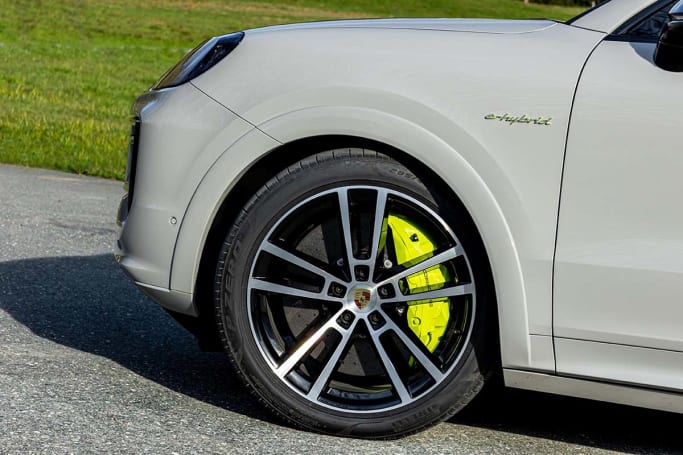
The price increases range from $2100 for the entry grade - simply dubbed Cayenne - to a whopping $14,300 for the flagship Turbo GT.
The Cayenne starts things off at $140,200, before on-road costs, for the SUV. While it sounds steep - because it is - the Cayenne used to be quite a bit more expensive than its rivals, but they have crept up in price recently.
That starting price is now only a few thousand dollars dearer than the entry-grade BMW X5 and Mercedes-Benz GLE.
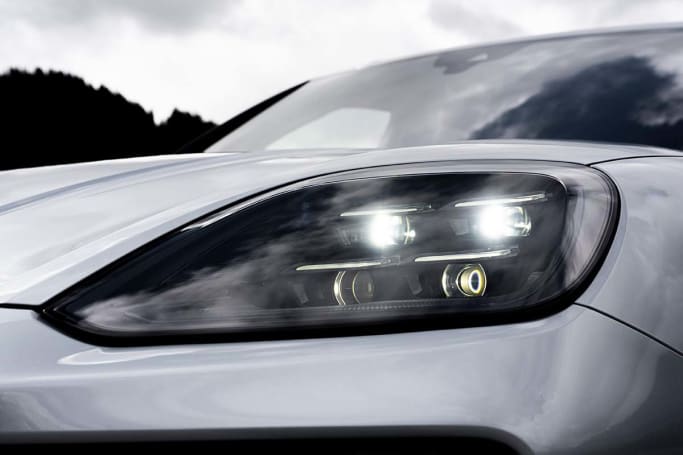
The Coupe attracts a premium of between $5700 to $9000 depending on the grade. But the big bucks are saved for the Turbo GT, which tops out at $366,200 - that's about double the price of a Cayenne S.
Porsche has not revealed full specification yet. Expect that closer to launch. You can order one now but deliveries don't start until the third quarter of the year.
Additions over the old Cayenne include Matrix LED headlights, active parking support, inductive smartphone compartment, Porsche Active Suspension Management and new 20-inch wheels on Cayenne and Cayenne E-Hybrid, while the Cayenne Turbo GT gains tinted HD Matrix LED headlights and soft-close doors.
The standard features list isn't super extensive and the options list is long and pricey. So while the pricing now lines up with rivals, you'll have to add more to the total if you want extra goodies.
